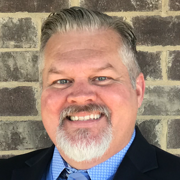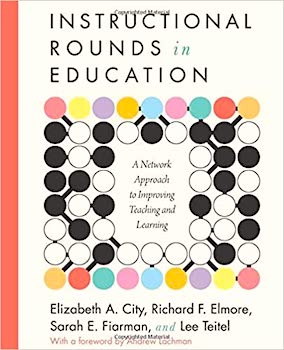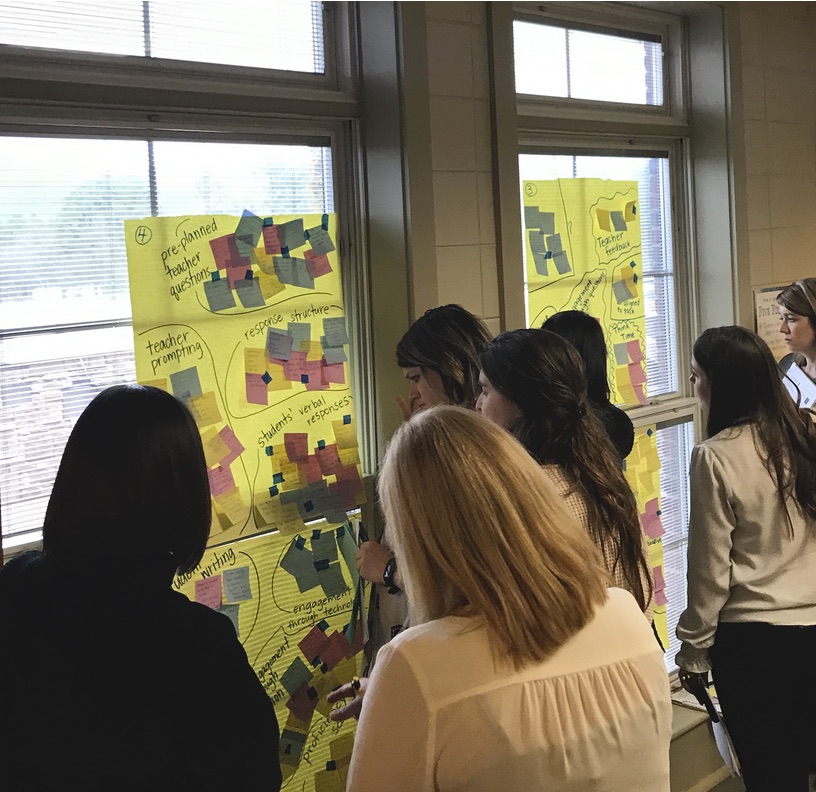 By Stoney M. Beavers,
By Stoney M. Beavers,
ABPC Assistant Director
Interestingly, I started college at the University of Montevallo as a pre-med major. I always loved science and math and medicine, and I had spent at least a week each year in the hospital under an oxygen tent for the first 10 years or so of my life because I would always get the “croup” or bronchitis or pneumonia in the winter. So, yeah, I’d rather not expose myself to COVID-19 if I can avoid it.
My daughter inherited my lungs, and we struggled in those early years to keep her breathing through the winter. Luckily, we had a great pulmonologist, and my daughter has now “outgrown” most of her seasonal asthma issues. I remember when my father was diagnosed with esophageal and lung cancer a few years after his open-heart surgery. A little later, when he was struggling to breathe, he told me and my brothers, “Boys, take care of your heart and lungs.” That was some of the last advice that he gave us.
So, what does all of this have to do with Instructional Rounds? If you’ve ever watched any hospital drama shows, then you know that this long-time medical teaching strategy is where the learning occurs, and where interns are put on the spot to have their knowledge tested.
This is not exactly how we do ABPC’s Instructional Rounds, but the result is similar – a lot of learning occurs.

Our Instructional Rounds were the learning events that excited me the most about my new role as ABPC Assistant Director. I was a little nervous facilitating my first round with Cathy Gassenheimer, but she did an excellent job preparing me for the day, and working with the schools to plan the events proved to be especially rewarding.
I was later privileged to co-facilitate another round with Jackie Walsh at DeArmanville Elementary and loved our day together in that beautiful school and community. It’s hard to imagine now how I could have relished those few rounds any more than I did, but perhaps I could have been more “present” and mindful of the gift that the schools were sharing with their participants. Visiting the classrooms, listening to students, and showcasing progress were all wonderful parts of the day that we all miss so much now in our current isolation.
One of the things that I appreciate most is the opportunity to learn together with my colleagues. While I was only able to participate in a few rounds, I quickly bonded with these administrators who are working so hard each day to improve learning and life for their students.
They do not shy away from hard conversations, and they exude positivity and work tirelessly to build a true sense of community within their school. I’ve seen over the past several weeks as the pandemic has intensified how these administrators are continuing to reach out to their staff members and students even during this difficult time. They are there to support and encourage and to remind everyone to hang on and to continue learning.
Sharing in a Day of Learning
During our school visits, I was so impressed with the colleagues who came together to focus on a “Problem of Practice” and to look for evidence that the efforts put forth by the staff were truly having an impact on teaching and learning. Did we see what they hoped that we would see when we visited classrooms? I would say that not only did we see this evidence in most cases, but we saw evidence of so much more – of caring and love for students, of concern for collegial growth, of a sense of community, and of a true desire to continue learning together.
These schools opened their doors and invited in other educators from across the state and shared in a day of learning that is rare in the educational world. Unlike hospital rounds, no one was put on the spot, and no one was there to show off his or her knowledge. We were all there to learn, to support, and to provide feedback for moving forward.
 East Elementary School Instructional Round participants learning together
East Elementary School Instructional Round participants learning together
The IR protocol is not simple, but it is elegant. The group gathers and is welcomed by the facilitators and the administration. A brief overview is given to prepare participants to “look for” very fine-grained descriptive evidence of the “Problem of Practice” determined by the host school through prior planning. Participants then visit classrooms in teams and collect evidence.
After the visits, the teams meet back to explore, vet, and categorize the evidence. Throughout the remainder of the day, participants aggregate up the evidence from three classrooms to six classrooms, and then to eighteen or even more depending on the overall number of teams. This evidence helps the host school see the extent to which the improvement efforts put into place are landing at the individual classroom level – the only level where it can have an impact on student learning.
After much dialogue and reporting, participants categorize the evidence for school personnel and leave behind patterns, contrasts, and other considerations for future work. My favorite part is where we all share commendations with the school- – things that may not fit perfectly in the “look-fors” but that had an impact on us during our visit.
For the rounds that I co-facilitated, these commendations often reflected things like school climate/culture and social/emotional aspects of the school and were very encouraging to the administrators and staff members who had so welcomingly invited us into their buildings to share in a day of learning.
 Participants at DeArmanville Elementary explore and categorize fine-grained descriptive evidence from classroom visits.
Participants at DeArmanville Elementary explore and categorize fine-grained descriptive evidence from classroom visits.
A Truly One-of-a-Kind Experience
While ABPC Instructional Rounds are not exactly like medical rounds or even the instructional rounds that the Harvard authors might have envisioned, they are amazing learning and collaborative experiences.
I sincerely hope that we can continue this practice in the future so that we can lift up colleagues and recognize the progress that they are making in improving their schools through their collaborative work. I hope that you will also plan on joining us in the future for a truly one-of-a-kind, wonderful learning experience. Until we meet or meet again, take care of your heart and your lungs, as my Dad would say.
 Instructional Rounds at Cherokee Elementary
Instructional Rounds at Cherokee Elementary
Dr. Stoney Beavers recently became the first Assistant Director of the Alabama Best Practices Center. He previously served as Assistant Superintendent of Blount County (AL) Schools for 14 years, after a stint as the district’s Secondary Curriculum Coordinator. During his years in the classroom, Stoney taught English, Spanish and Drama and was named an Alabama Secondary Teacher of the Year and a Milken Award winner.

0 Comments on "Looking at Our Instructional Rounds from a Social Distance"